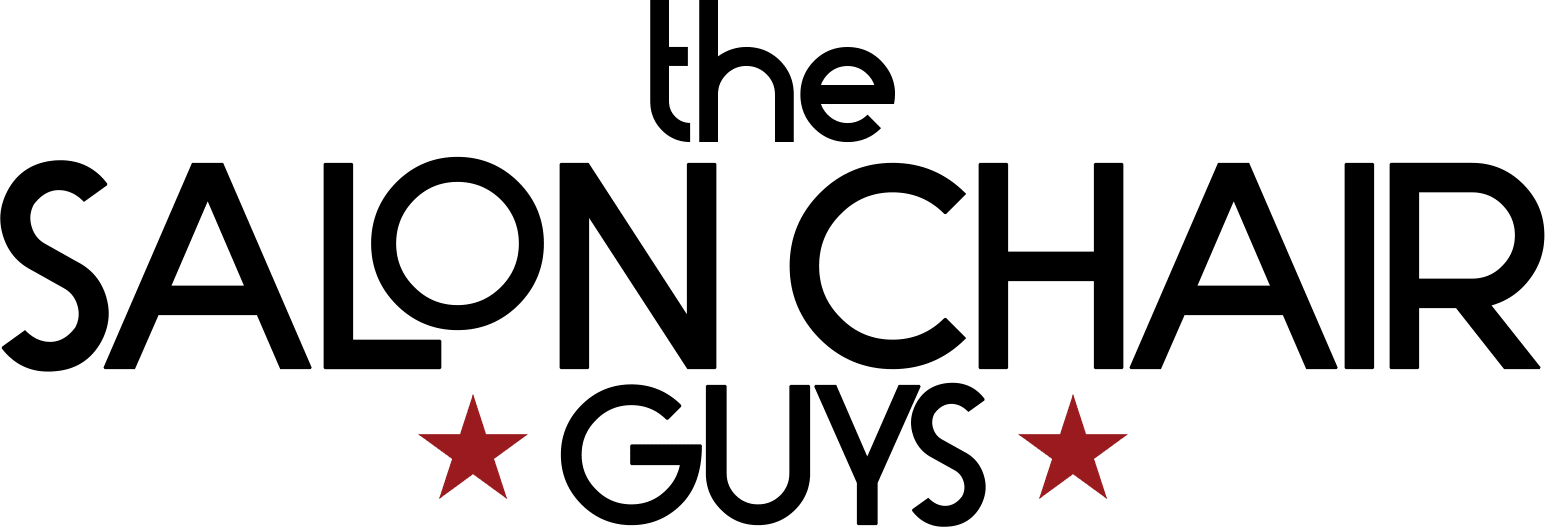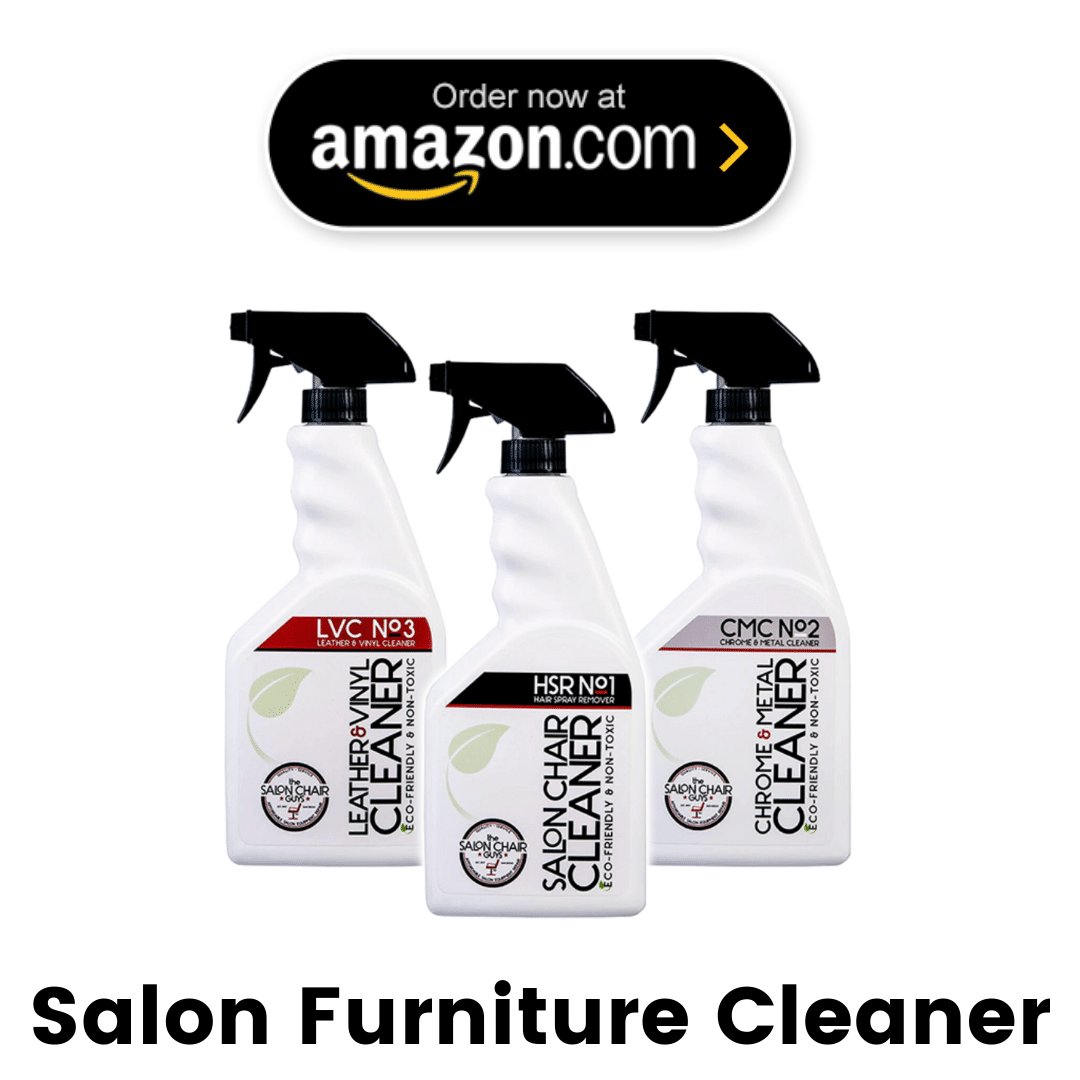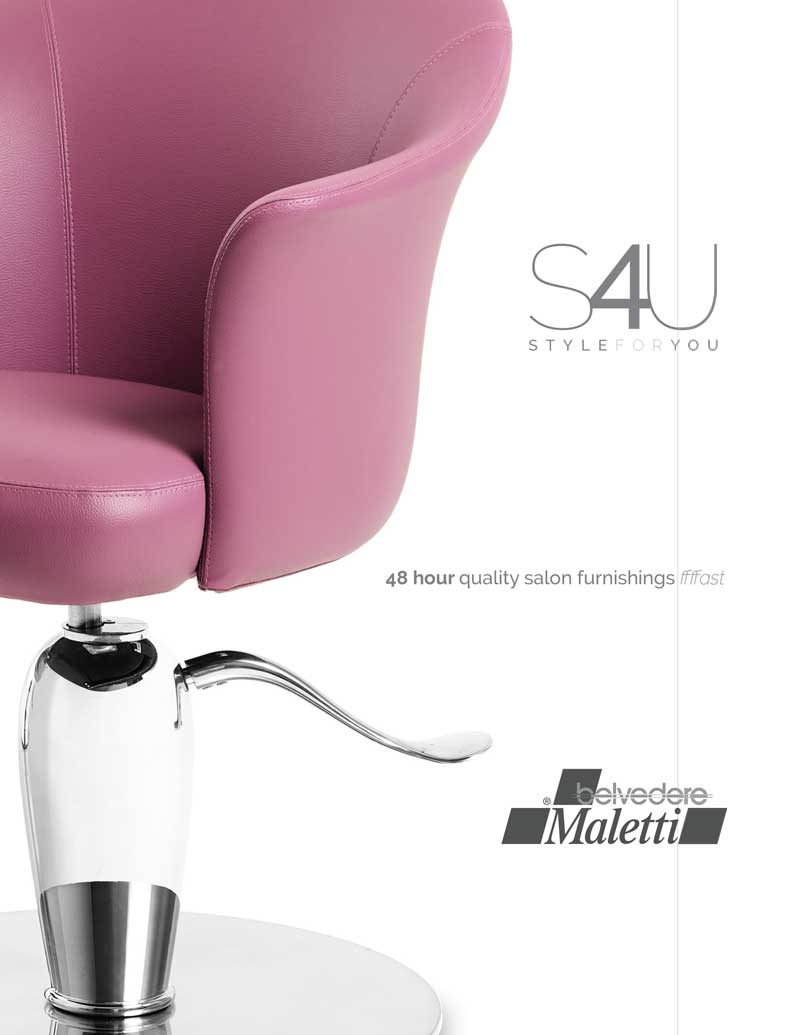

If you are thinking about entering the salon business, now is a perfect time. With the industry value standing at $532 billion per year, it is a pretty safe bet to start your own salon or barbershop. Additionally, this industry’s steady demand and unaffected business potential, even during an economic recession, makes it an ideal investment.
Like starting anything else, opening your salon or barbershop can quickly become overwhelming. You’re probably swarmed with questions like “how much does it cost to start up a salon” or “how much money should I have before opening my salon?” This article will answer all your questions, and by the end of it, you’ll have a clear idea about the cost of opening your salon.
The cost of opening a salon starts from around $62,000, even for a basic setup. However, it can go up to $500,000 or even more with location and size. No matter how much you’re planning to invest, you’ll want to prepare yourself to ensure your business’ success.
Breaking Down Salon Startup Costs
Before calculating the exact cost for your startup, it’s a good idea to break down the costs and get an overall picture. Here is a breakdown of salon startup costs that will make your planning easier.
You’ll need a business license or any permits required in your area to open your salon. Additionally, there are several licenses you need to run a hair salon. The total license cost for a salon starts from $500 to $12,000, depending on the services you’ll be offering.
Whether you lease or buy, this is probably the highest cost for opening a barbershop. The location cost varies significantly with sites — making it challenging to get an estimate.
However, to give you an idea, you’ll need to set aside $40,000 to $250,000 to purchase an already existing salon. But if you’re planning to build a salon from scratch, bump that up to $100,000 to $500,000.
If you’re taking over an already existing hair salon, the need for remodeling and renovations is minimal. However, if you’re working with a blank slate, you’ll need to budget for permanent and non-permanent fixtures for the interior. Including furniture and interior decorating, the figure stands at an average of $32,000.
Purchasing the barbershop equipment, in the beginning, is one of the most significant expenses. From salon chairs to cutting and grooming equipment, the list of necessary items to open your business can be pretty lengthy. The cost associated lies somewhere between $5,000 to $25,000. The most expensive equipment for a hair salon is salon chairs or barber chairs, which can range from a minimum of $200 to a maximum of $1,000.
You’ll need to stock up on the supplies necessary to run the everyday operation of your salon. These include hair colors, shampoo, hair treatments, and more. You’ll also need to have plenty of cleaning supplies in stock to run your business. Additionally, if you plan to sell cosmetics or other beauty products, you’ll want to stock up your inventory before opening.
The cost of initial inventory and supply vary mainly depending on your business size and other factors. A close approximation of the expense would be between $2,000 and $15,000.
The full insurance cost for a hair salon or barbershop with two employees is $2,900 per year or nearly $240/month. The exact price can range from $50/month to $1000/month with the number of employees, location, types of services provided, and business turnover. However, there are always ways to combine insurance to lower the cost.
It’s not easy or sometimes even practical to cover all the expenses of opening a salon or barbershop solely from your savings. The interest rate for salon loans ranges from 1.25% to up to 10%. It is always the best idea to consult a professional to find out the best plan to finance your business.
If you’re opening a new salon, you need to make marketing a priority to attract your customers. Because in the beginning, your potential clients may not even know of your existence.
The budget for marketing mainly depends on you. There are many ways to market your salon cost-effectively. Additionally, building a brand identity is essential to reach out to your clients. You can spend anywhere from $500 to $5,000 on marketing, depending on your preference. You can also choose to pay as little as $20 for email marketing or upwards of thousands of dollars on robust marketing.
Legal and consulting expense fluctuates depending on your particular business model. Professional services like accounting or legal typically cost about $200 an hour.
Branding your business to your clients is essential to ensure the success of your startup. You’ll need to invest some money to create the look and feel of your brand. The visuals such as logo design and brand colors should represent your salon positively to your clients.
If you have a creative side with a clear vision in mind, doing it yourself adds a personal touch. However, if you want to bring a professional touch, you can hire designers that can cost you up to $2,000.
You’ll need to set up an internet network and POS system to accept all common modern forms of payment. You’ll also need to set up a printer for receipts. You’ll have to spend $550 to $2,300 annually and twice that amount to get started depending on the provider and level of hardware.
It’s safe to say it’s impossible to run your business without an online presence. Having an up and running website makes it easier for your clients to find your salon or barbershop online. The good news is you don’t need to spend a lot of money on a website. You can hire a professional online that can cost you $599-$3,000, depending on the expertise. You can also build one yourself using website builders.
Not just for a salon but for any business, it is crucial to have at least $500 on the first operating date in cash reserves.
It’s always a good idea to stay prepared for any additional expenses. Budgeting in some funds for miscellaneous expenses can save you from trouble on a rainy day. Budgeting $500 per month is a safe and reasonable amount for it.
Having a proper plan in progress is the first step of successful entrepreneurship. If you have developed a detailed and informed strategy, consider your work halfway through already. Breaking down your startup expenses and preparing yourself to tackle them will give you the confidence to run your business smoothly.

